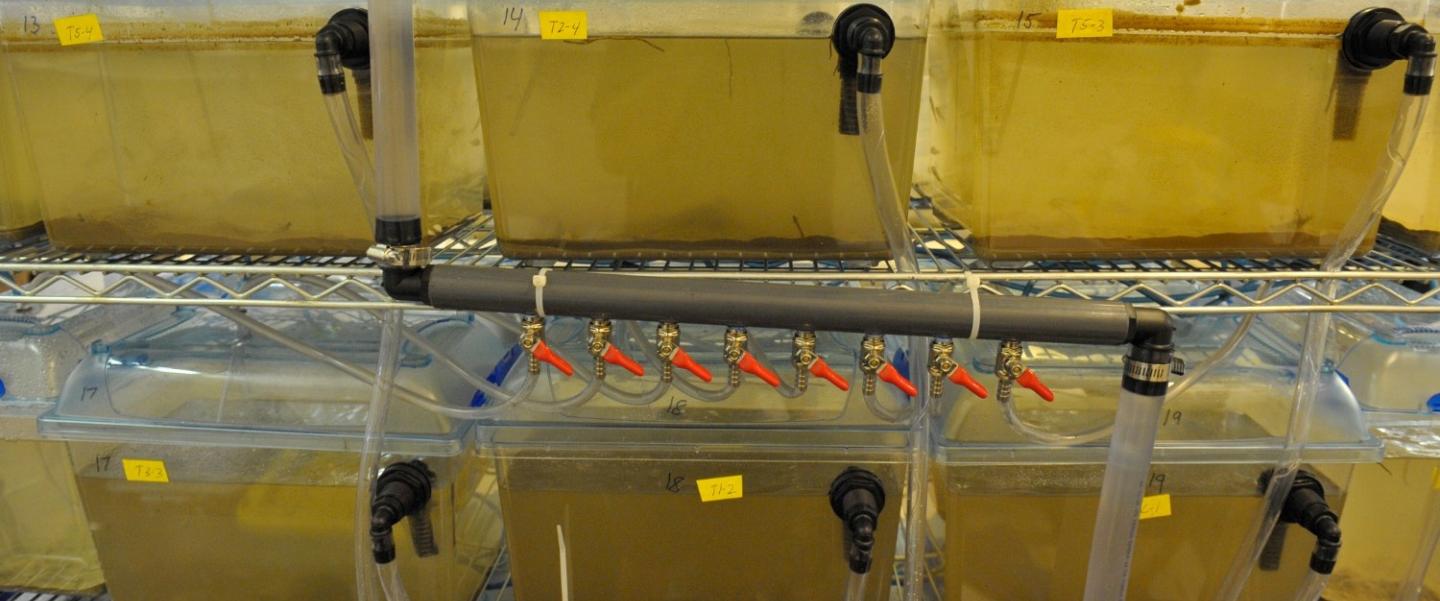HIGHLIGHTS
- Characterizing oil and dispersant toxicity from the Deepwater Horizon oil spill required range.
- Abt brought field, laboratory, toxicological and statistical expertise to coordinate the scientific effort.
- Over 600 relevant bioassays were delivered to assess injury from the spill.
The Challenge
The Deepwater Horizon (DWH) blowout released 3.19 million barrels of oil in the Gulf of Mexico over nearly three months. It exposed organisms to oil at various stages of processing, and the duration and size of the spill had the potential to harm many species in open ocean and nearshore habitats across multiple life stages. Quantifying the injury required toxicity tests on a range of oil and dispersant exposures to a number of different species and life stages relevant to the Gulf of Mexico. High quality, transparent science was critical for this effort.
The Approach
Abt developed over 600 bioassays using a variety of oil and dispersant mixtures to determine the toxicity of DWH oil to different species at various life stages. We collaborated with over 20 laboratories to complete these tests. To ensure quality and transparency, we developed standard operating procedures, and quality assurance project plans to standardize data collection, intake, and analysis.
Tests measured many toxic effects, including impacts on mortality, growth, cardiac, and immune response. Many tests incorporated sunlight, pathogens, or other natural stressors that can confound the effects of oil toxicity.
The Results
We found toxic effects of DWH oil and dispersant in fish, birds, and invertebrate species at multiple life stages. Effects included mortality, developmental abnormalities, slowed growth, impaired immune function, and cardiac abnormality. We also observed 10- to 100-fold increases in oil toxicity in the presence of sunlight. This toxicity testing program supported the DWH Natural Resource Damage Assessment and has, to date, produced over 40 peer-reviewed publications with Abt co-authors, and many more reports authored by our collaborators.
Related:
